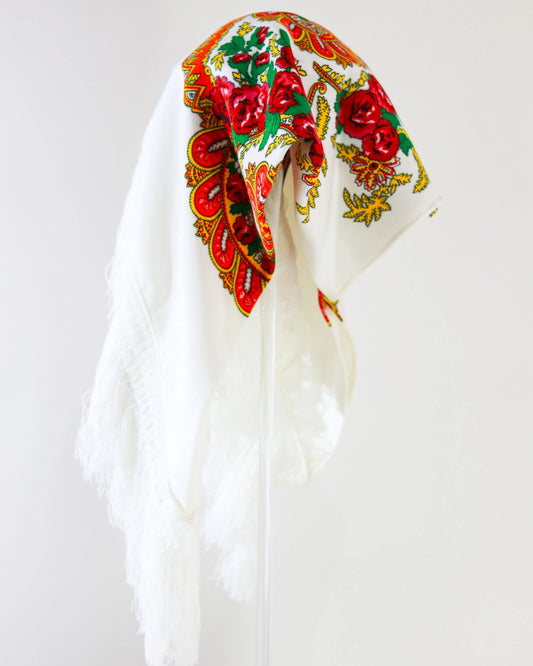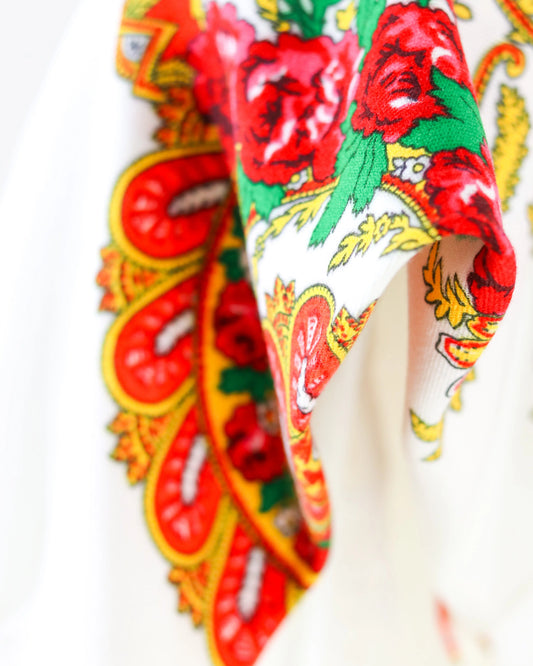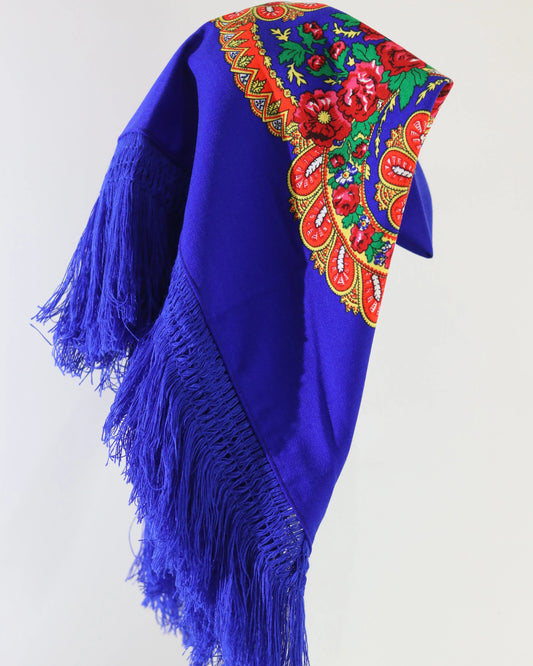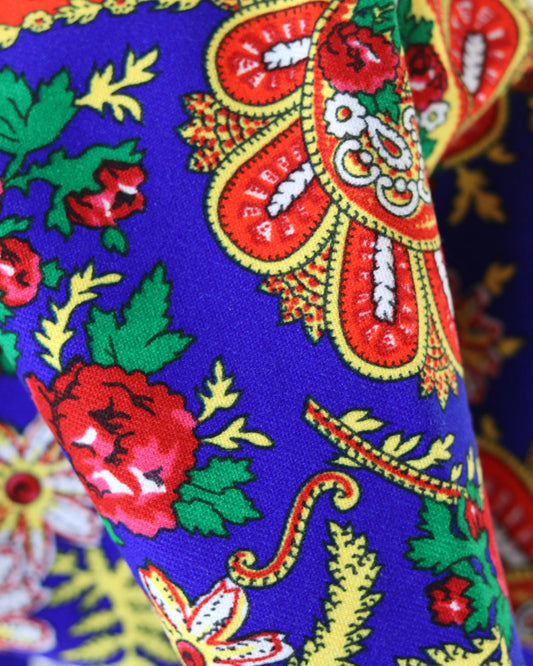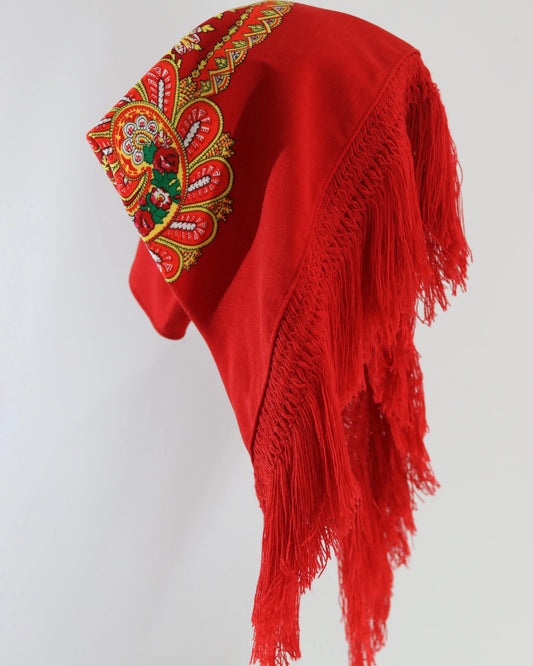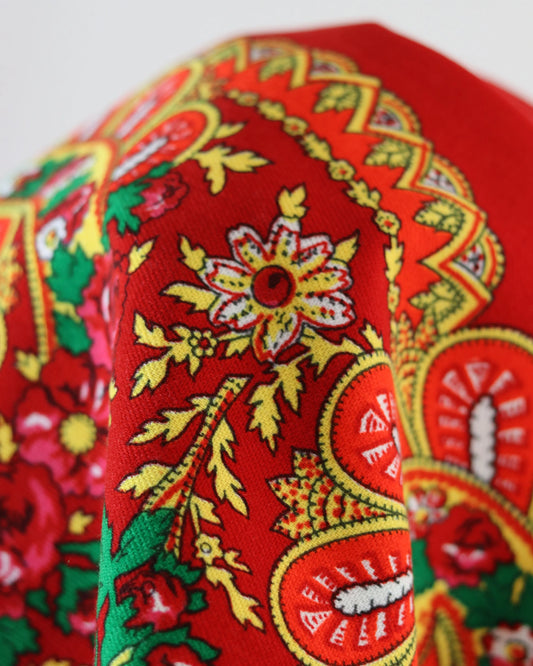How the new generations experience the holidays today
The youngest observe the party head-on, without asking permission, with a curiosity that blends tradition and innovation. It's not just loud music and flashing lights. It's about identity building, networking, caring for the body and the planet, and keeping a close eye on the bank account. The party changes not out of whim, but because life has changed.
The phrase "let's go out" no longer has a single answer. Sometimes it's a long dinner, sometimes a Sunday afternoon with a DJ in a garden, sometimes an immersive festival with camping. Some nights end early and days are spent dancing for hours. The same generation that organizes a charity festival also organizes a daytime rave by the river. And it all coexists on the same playlist.
The new generations have learned to do a lot with little. They take advantage of public spaces, use digital tools, borrow speakers, connect through messaging groups, carpool, and split expenses. The party is less centered around the door of a nightclub and more about the web of relationships that bring a date to life.
Momentum, yes. And method, increasingly.
What really changed
There's been a shift in the center. Previously, alignment with the traditional circuit defined who had a "nightlife." Today, recognition comes from curating the experience, the community that gathers, and the attention to detail. It's not the guest list that cements belonging, but the ability to create environments where people feel comfortable.
Another noticeable change is the crossover of formats. In the same week, someone can go to an indie show, a kizomba dance, a peaceful sunset, and a neighborhood party. The social calendar has become modular. And this modularity reduces barriers, welcomes different energies, and gives each person space to choose their own rhythm.
We also notice a new relationship with time. Earlier start times, daytime parties, and marathons only when the mood strikes. Nighttime is no longer an obligation. It becomes an option.
Rhythms, schedules and formats
The search for body-friendly experiences has changed the geometry of the party. Many prefer to start early, dance in the daylight, and head home at times that allow for a productive Saturday. Others trade the wee hours for regular, smaller gatherings during the week, focused on conversation and the right music.
Formats such as:
- Sunsets with refined musical curation and local cuisine
- House parties with collaborative playlists and clear rules of coexistence
- Meetings in gardens or beaches, with garbage collection at the end
- Daytime raves with a focus on wellness, chillout areas, and free water
- Independent micro-festivals with limited capacity and niche programming
The great cathedrals of music continue to take place. Festivals have become established annual rituals. But there's greater attention paid to context, transportation, sound quality, the environment, and working conditions.
Technology as an extension of coexistence
Cell phones are no longer just for recording. They're the logistical hub of the party. Groups on apps organize events, arrange pre- and post-parties, buy tickets, split bills, create playlists, carpool, and save memories. Digital technology doesn't replace physical gatherings; it paves the way for them.
There are platforms that suggest events based on musical affinity, ticketing that avoids lines, and cashless wristbands that speed up payments. There are also live streams of sets, short aftermovies designed for stories, and moments designed to be recorded without stifling spontaneity.
Common uses of cell phones in a night out:
- Confirm attendance and coordinate arrival in real time
- Share location with friends for security
- Identify tracks with recognition apps and save them to playlists
- Pay with MB Way without going to the ATM
- Request transportation at the right time and choose safe meeting points
There's also a concern about privacy. At many parties, it's common to have a camera-free area or a sign that the dance floor isn't filmed, preserving the freedom of those who dance.
Aesthetics and the sense of belonging
Secondhand clothes, custom pieces, creative makeup, biodegradable glitter, references to subcultures old and new. The wardrobe is manifest. But there's no fixed uniform. What we see is a mosaic, a space for experimentation, bold mixes, and codes that vary from party to party.
Belonging is built on shared values. Environmental care, respect for consent, openness to differences, attention to sound quality, and space to breathe and socialize. Audiences value those who pay attention to details, who invite local artists, and who create lighting environments that encourage dancing, not just selfies.
At this point, another characteristic: micro-communities. People who identify with specific styles of music, traditional dances, techno of a certain kind, Lusophone beats, neighborhood rap, or nighttime jazz. Small groups that intersect, collaborate, and nurture a richer scene.
Sustainability is no longer incidental
Reusable cups have gone from a curiosity to the norm. We're seeing less disposable plastic, more water stations, selective waste collection, logistical planning to reduce travel, food trucks featuring local producers, and recycled materials in the scenography. There's a perception that the festival has an impact, and that impact can be managed.
Measures that gained traction:
- Deposit systems for glasses and crockery
- Incentives for public transportation and ride-sharing
- Commitments to local suppliers and seasonal menus
- Ban plastic confetti and opt for paper or dried flowers
- Stages with efficient lighting and energy planning
Some promoters share impact reports, others create green brigades within their teams. The public notices and supports them with their wallets.
Generations in comparison
Generalization is always dangerous, but comparison helps map trends. This grid is a rough snapshot of what's observed in urban Portugal and also in many towns with strong festive traditions.
| Aspect | Generation Z (born after 1997) | Millennials (born 1981–1996) |
|---|---|---|
| Preferred times | Daytime and early evening | Long night on the weekend |
| Formats | Micro-parties, pop-up events, house parties | Classic clubbing, gigs and larger festivals |
| Alcohol consumption | More moderate, interest in non-alcoholic options | Regular consumption with attention to quality |
| Money | Tight budgets, demand for flexible income | Willingness to pay more for comfort and headliners |
| Techno-social | Very high, intensive use of apps and mobile payments | High, with a focus on convenience |
| Sustainability | Expectation of visible and coherent measures | Appreciation, not always decisive |
| Well-being | Interest in rest areas and health information | It's interesting, but it's not always a decision factor. |
| Contents | Short videos, stories, shared playlists | Photo album, longer records |
| Diversity and inclusion | Starting point | Valued, sometimes seen as extra |
This table does not fix people, it just outlines trends that help you plan better.
Care, consent and well-being
Safe parties are a requirement today. The culture of consent is no longer a niche concern but a practice. Teams are trained to listen and act, codes of conduct are clear, information is accessible, and there are discreet channels for asking for help. There's more attention being paid to transportation home, adequate lighting in outdoor areas, and signposted pathways.
The care extends to those who work there. Proper breaks, water, meals, and fair pay are provided. When the audience knows the team is treated with respect, the energy of the party changes.
Signs of a party that cares:
- Visible support point with identified team
- Free water in several locations
- Clear information about consent and respect
- Low light and sound areas to recover
- Easy access to transportation or safe meeting points
- Prior communication explaining rules and expectations
There's also a growing demand for honest information about harm reduction, substance testing, and psychological support in festival settings. Portuguese initiatives are already working on this with professionalism, and the public is responding with maturity.
Party Economy and Choices
Inflation has tightened budgets. The response has been ingenious: phased ticketing, group packages, combined-day passes, subscription events, discounts for residents, and partnerships with local businesses. Bills are split through apps, potluck dinners are organized, and neighbors are invited to avoid conflicts and share costs.
Promoters are betting on direct communication, fewer street posters, and more useful content on the channels the public uses. Influence exists, but it depends on credible voices in the community, not just large numbers. Curation is key because time is limited and competition is intense.
For artists, mid-sized stages and intimate sessions that generate consistent revenue have multiplied. There's also been more collaboration between collectives, equipment sharing, and artist residencies in cultural venues that open their doors at night.
Territories and traditions, between arraial and techno
Portugal has an affective geography of celebration. Popular saints' festivals, pilgrimages, academic festivities, freshman weeks, summer dances. The new generation isn't abandoning this map. They're updating it. They bring DJs to bandstands, put marches side by side with beats, combine ranchos and hip hop on the same bill. And it works.
In Porto, the night of São João continues eternally. In Lisbon, neighborhoods are renewing their festivals with environmental and accessibility concerns in mind. In Minho, pilgrimages also attract young people arriving by special train. The festival learns from tradition and continues with a more relaxed atmosphere.
Inclusion that takes place on the dance floor
Language is inclusive, teams are formed, signage facilitates. Inclusive bathrooms, open dress codes, truly diverse artist castings, visible and enforced anti-discrimination policies. It's not marketing; it's practice that protects entire communities.
Organizers understand that inclusion fosters quality. Diverse environments foster creativity, break down barriers, and raise artistic standards. The dance floor becomes a place for informal learning, respect, and mutual care.
Music, algorithm and human curation
Platforms suggest songs, but people guide the night. DJs read the room, hosts host, and promoters create stories. There's room for viral hits, of course, and many people discover a track through a video they played on their phone. From there, the process of discovery begins, guided by communities, independent radio stations, record stores, and specialized channels.
The vitality of local scenes is curious. Collectives release compilations, organize showcases, hold residencies in small bars, and persistently maintain an ecosystem where new voices thrive. And through this, audiences discover a sound they feel is their own.
Trends to watch in the coming summers
- Daytime parties in parks and indoor courtyards, with limited capacity
- Alcohol-free experiments with creative mocktail menus
- Digital ticketing with quick verification and re-entry subject to capacity
- Cross-curated programs that combine dance, visual arts and signature cuisine
- Silent discs in noise-sensitive neighborhoods
- Wellness zones with stretching, massage and health information
- Collaborations between festivals and neighborhoods, with a direct impact on local commerce
- Live reporting from community creators, not agencies
- Mobility plans with dedicated trains and buses
- 100 percent accessible spaces, with ramps, signage and LGP interpreters when it makes sense
These trends don't just happen. They arise from listening to the public and understanding the practical limitations of each space.
Five ideas for organizing a party that makes sense now
- Define a clear purpose. From there, everything falls into place: planning, communication, logistics, and partnerships.
- Thinking about the entire customer journey. From ticket to exit, we'll identify the easy points and friction points, and how to reduce them.
- Take care of the sound and lighting. Technical quality is what separates a good event from an unforgettable moment.
- Make the rules clear and simple: Consent, respect, camera policy, transportation, prohibited objects, and support channels.
- Leave room for the unexpected. An hour without cell phones, a surprise artist, a moment of community.
Small decisions add up. Consistent decisions gain acceptance and word of mouth.
The role of brands and spaces
When they enter, smart brands do so with humility. They invest in local artists, pay fair fees, support sustainability measures, cover accessibility costs, and avoid imposing aesthetics that don't belong in the scene. It's possible to communicate without overshadowing one another. The public can tell the difference.
Spaces that thrive are those that become platforms. They open their agendas to collectives, host residencies, and maintain a curatorial approach and management that doesn't change with the wind. Trust is built through predictability and a willingness to experiment.
Lessons learned from recent years
The unpredictability of recent times has taught resilience. Plans with alternative scenarios, honest communication, a ticketing system that protects both buyers and organizers, and multi-purpose teams. Local support networks and the idea that each event is connected to the neighborhood, the city, and the times in which we live have gained strength.
The memory of what was difficult also gave way to an appetite for encounters that never fades. The party is a social laboratory. Ideas are tested, culture is created, and coexistence is experienced. And it continues to be a place of joy.
Bridges between regions and peripheries
There's much to learn outside the city centers. In the beltway neighborhoods and villages, masters of organization with few resources and a lot of art multiply. Garage parties, open rehearsals, community dances, improvisation circles. Bringing this knowledge to the city center, and vice versa, creates a more solid cultural network.
Attentive programmers travel, listen, invite, and give back. When this circulation occurs, the scene grows organically and equitably.
Questions that remain
- How to keep fares affordable without sacrificing pay and working conditions
- What new forms of mobility can reduce the environmental pressure of large-scale events?
- How consent education enters popular culture and becomes a habit
- What schools and universities can do to support projects that arise in clubs and collectives
- How to document the scene without stealing spontaneity and privacy
The new generations experience the party with one foot in the present and the other in the immediate future. They bring curiosity, care, and a desire to build. On the dance floor, on the bandstand, in the garden, or on a terrace, they continue to remind us of something simple and powerful: it is possible to unite very different people around music, respect, and joy. And this changes cities.

